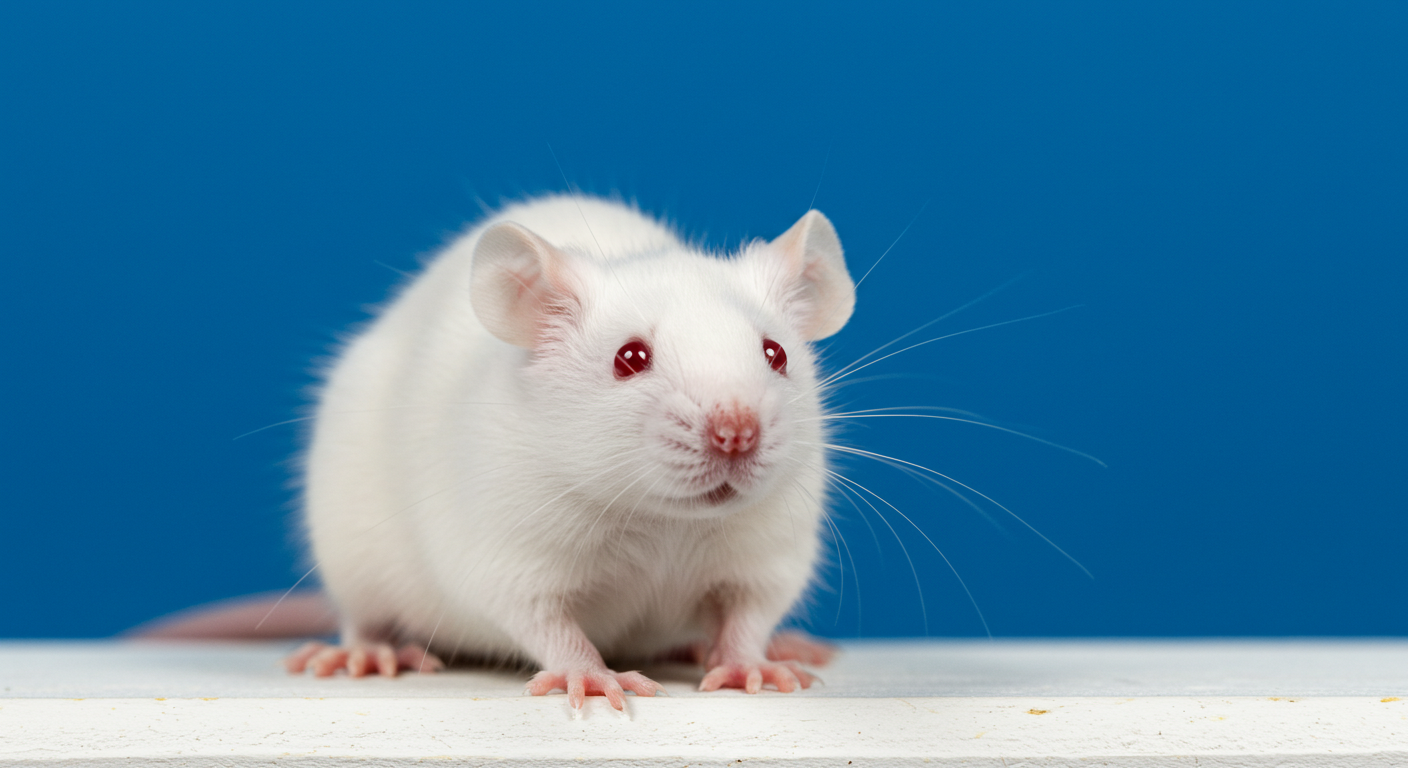Various types of pests can infiltrate our living spaces, necessitating the intervention of professional exterminator services. Understanding the different categories of pests they address is vital, especially when considering a proactive approach to pest management.
Common Insects Treated by Exterminators
Insects represent one of the most significant categories of pests encountered in residential environments. They are often drawn indoors by food sources or as they search for shelter. Some common insects that exterminators typically handle include:
Ants
Ants are notorious for invading homes in search of sustenance, particularly sugary items or proteins. Species such as the carpenter ant and the pharaoh ant can establish large colonies, leading to extensive infestations. Extermination services employ various strategies, including baiting systems that attract ants to poisoned food sources which they then carry back to the nest, effectively decimating the colony.
Cockroaches
Cockroaches are universally despised due to their reputation for being unsanitary. They can transmit a host of diseases and allergens, making them a serious health hazard. Popular among exterminators is the use of gel baits and insect growth regulators, which disrupt the cockroaches’ life cycles and prevent them from reproducing. Comprehensive inspections are usually conducted to uncover their hiding places, ensuring all nooks and crannies are treated.
Bed Bugs
Bed bugs have been a rising concern for many households in recent years. These tiny insects feed on blood and can cause uncomfortable bites, but more importantly, they are notoriously difficult to eradicate without professional help. Exterminators often deploy heat treatments, which involve raising the temperature in infested areas, as well as chemical treatments specifically designed to eliminate these pests during their various life stages.
Rodents: A Persistent Challenge
Rodents, including mice and rats, pose significant threats to homes. They are not only known for their destructive behavior, damaging insulation, wiring, and furniture, but they also present health risks through the contaminants they leave behind in food and living areas. Effective rodent control involves understanding their behaviors and using a combination of traps and bait stations to eliminate them.
Mice
Mice can reproduce rapidly, which means prompt action is critical when they are detected. Exterminators will typically begin with a thorough inspection to identify entry points before setting traps or bait in strategic locations. These measures aim to remove current populations while preventing future invasions.
Rats
Rats can be even more challenging to control than mice, as they are larger and more cautious. Effective control measures often include a combination of traps, bait stations, and rodent-proofing techniques to seal off potential entry points. Exterminators may also advise homeowners on sanitation practices to eliminate potential food sources that attract these pests.
Termites: The Silent Destroyers
Among the most destructive pests, termites can cause severe structural damage to homes. Often referred to as “silent destroyers,” they can work undetected for years. Exterminators specialize in treatments that include baiting systems and soil treatments, which target termite colonies and prevent them from accessing wooden structures.
Subterranean Termites
These termites live underground and are particularly adept at tunneling into foundations and wooden structures. Treatment methods often focus on creating chemical barriers in the soil, which are intended to deter these pests from entering the home.
Drywood Termites
In contrast, drywood termites infest the wood directly within a structure, often making their presence known only when significant damage is already visible. Exterminators may employ localized fumigation methods or targeted treatments that directly impact infested wood.
The Role of Professional Pest Control in Managing Fleas and Ticks
Fleas and ticks are more than just nuisances; they can pose serious risks to both pets and humans by spreading diseases. The eradication process for these pests is quite specialized and often requires targeted chemical treatments combined with thorough cleaning.
Fleas
Flea infestations often stem from pets bringing these pests indoors. They reproduce quickly and can rapidly become a significant problem within homes. Exterminators usually recommend treating both the animal and the home environment to break the infestation cycle effectively.
Ticks
Ticks are less common than fleas indoors but are known carriers of serious diseases. Exterminators may focus on lawn care and management techniques to reduce tick populations in outdoor spaces, an essential step for homes located near wooded areas.
Conclusion and Final Thoughts
By addressing common insects, rodents, termites, fleas, and ticks, pest control services play a critical role in maintaining not only homes but also the overall health and safety of households.




